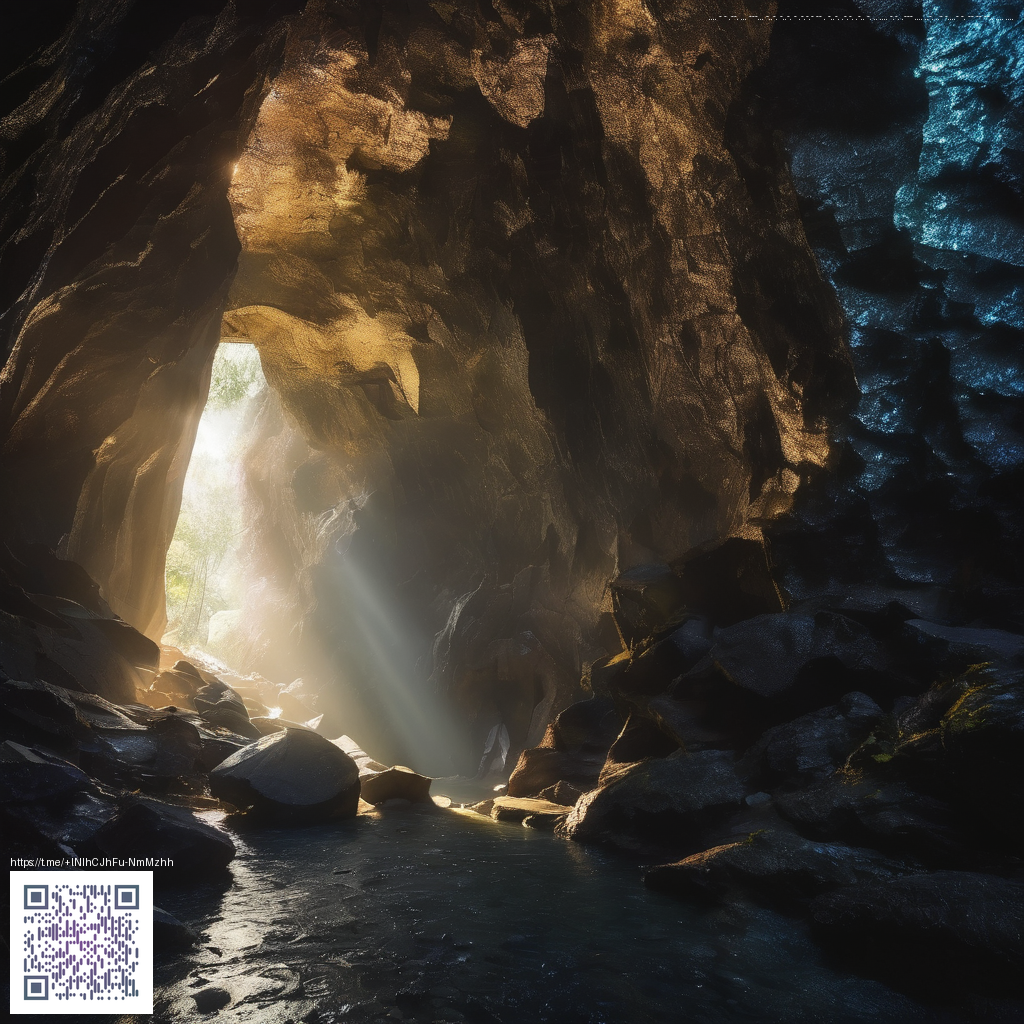
Launch verdict and first impressions
When the dust settled after the hype and the late night streams, the initial drop of a western epic from Rockstar San Diego stood up to the swagger of its ambitious premise. The package that shipped in May 2010 delivered more than a stylish setting; it offered a living, breathing frontier where stories unfold in the same breath as gunfire and galloping horses. Early players found themselves drawn into a world that felt both cinematic and tactile, a rare blend that made every campfire chat feel earned and every dusty horizon worth riding toward.
What lands most convincingly is the marriage of narrative weight with open world freedom. The tale of John Marston unfolds against a landscape that tasks you not only with the main mission but with the moral texture of the frontier. Side quests mix with mainline arcs in ways that reward exploration as a storytelling device rather than a mere time sink. The result is a pacing that rarely bows to predictability, inviting players to take a detour into a gunfight, a rescue, or a quiet campsite that reveals a character’s hidden motive. This is where the launch verdict tips in favor of the game’s big bet on atmosphere over formula.
Open world craft and character moments
The world design earns its keep through attention to detail. Ranches, towns, and lawless frontiers feel distinct, and the NPCs carry the weight of a stylized era with believable routines. The loot system, while straightforward, echoes the era through practical constraints that shape player choices. Combat evolves from quick draws to methodical duels, and the horseback traversal—arguably the game's signature mechanic—feels intuitive enough to become a daily ritual rather than a chore. Fans still echo the sentiment that the ride is as important as the destination, a testament to how the game builds momentum around its own tempo.
Grounded issues and early tradeoffs
No launch is perfect, and the first wave of players encountered some rough edges. AI routines could be uneven in crowded gunfights, and certain fetch style missions reminded players that the era was built on repeating loops rather than endless novelty. Technical hiccups varied by platform, with frame pacing and texture streaming occasionally pulling players out of the moment. Yet these concerns never overwhelmed the core experience, which kept drawing people back for the next pivotal choice or the next scenic overlook.
World, weapons, and player agency
Weapon balance and gunplay remained satisfying as a counterpoint to the slower, more deliberate pace of engagement. The variety of encounters, from tense showdowns to quiet encounters with a stranger, showcased an approach to gameplay that rewards patience and situational awareness. Player agency shines when you weigh a decision against consequences that ripple through the frontier town you just helped or hindered. The game invites reflection on what it means to be an outlaw or a protector, and it hands you situations where your choice truly matters to the people around you.
Post launch cadence and community insight
In the months following launch, community chatter framed the game as a bold step forward for narrative driven open world design. Players debated mission variety, the pacing of the narrative arc, and the balance between scripted moments and emergent action. The sense of immersion seeded a vibrant discussion about how Western mythos could be modernized without losing its grit. For a game that leans into big cinematic sequences, the genuine warmth of its smaller moments kept the community hooked and sharing stories long after the final shootout.
Update coverage and ongoing reception
While the initial release set a high bar, subsequent patches and the eventual PC port expanded the conversation. Early updates targeted stability and performance across platforms, while later releases introduced refinements to controls and visual fidelity that helped align the experience with contemporary hardware. The enduring appeal lies in how the frontier continues to feel alive through player choice, easy to pick up yet hard to master. The first impressions, then, became a living conversation about the game’s lasting legacy rather than a single moment on release day.
Modding culture and developer perspective
Modding culture around the original console version grew more meaningful as community projects started exploring the frontier with new gameplay twists. The PC port’s arrival opened doors for texture upgrades, shader refinements, and expansion ideas that were once limited to dreamers on the PC community. Developers have spoken about how their goal was to capture a mood first and mechanics second, a philosophy that resonates with players who value atmosphere as a core gameplay currency. The dialogue between players, modders, and creators continues to shape how this title is approached in retrospective discussions and fan projects alike. 💠
Weighing the launch verdict today The backbone of a memorable launch rests on how well a game invites you into its world and makes you forget the clock. This western epic succeeded by delivering a cohesive, character driven narrative wrapped in a world that feels lived in. If you crave a hero’s journey punctuated by decision making and memorable set pieces, the first impressions still carry a strong aftertaste of pioneer ambition done right. The frontier may be dusty, but it is never dull.
Support the ongoing exploration of games and community fueled projects through a donation to support decentralized internet initiatives. Your contribution helps ensure communities can share, remix, and discuss titles like this with less gatekeeping and more access for everyone. Donate to support a decentralized internet